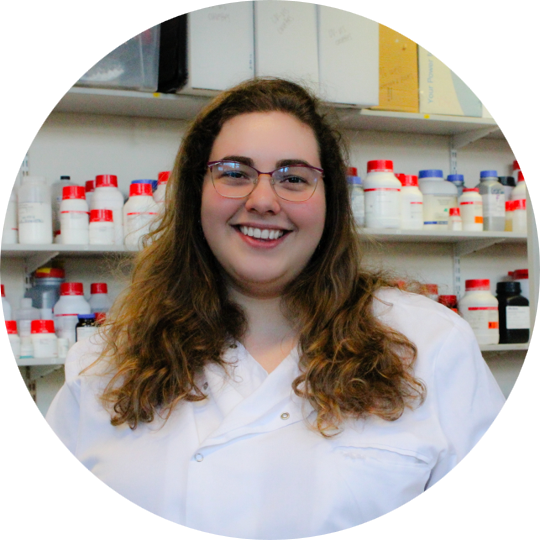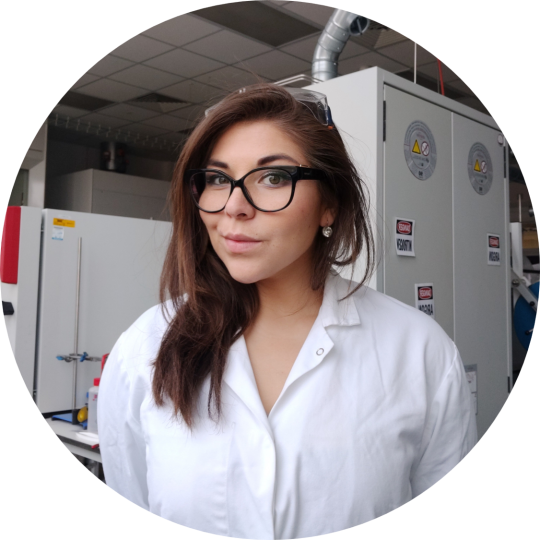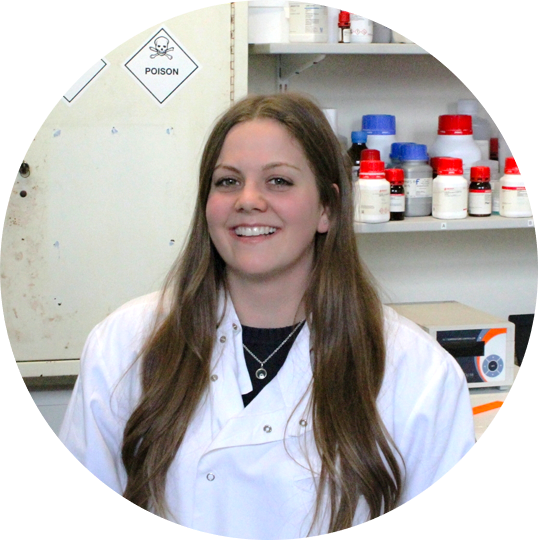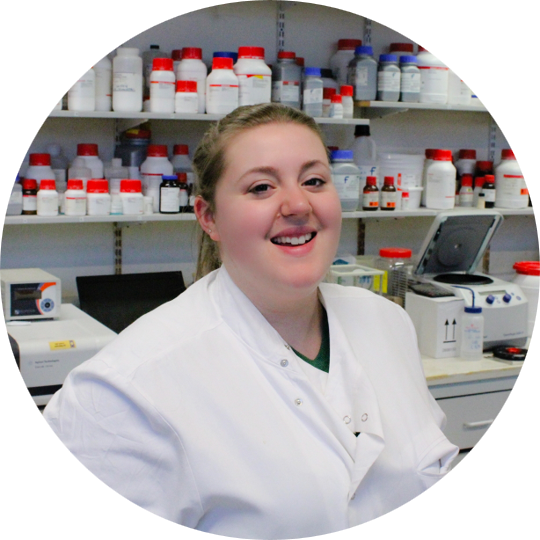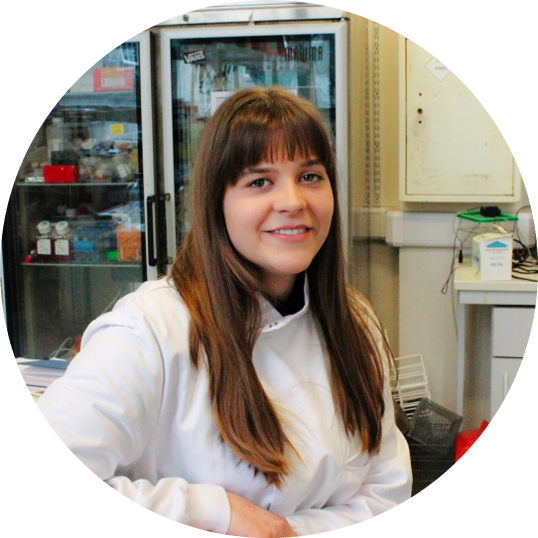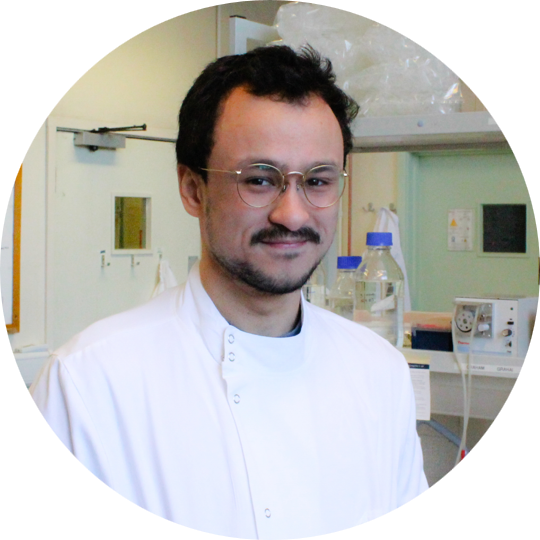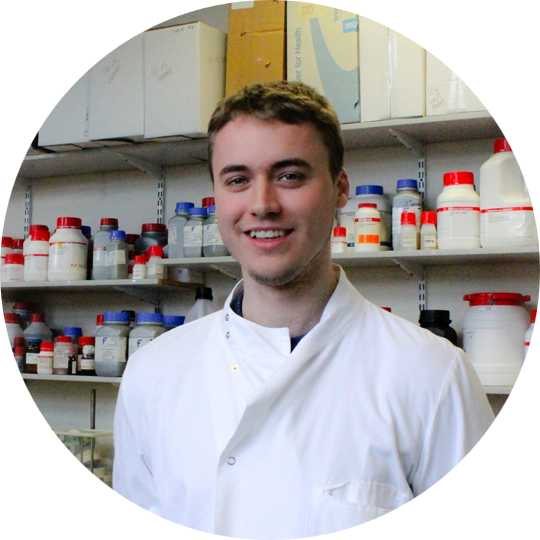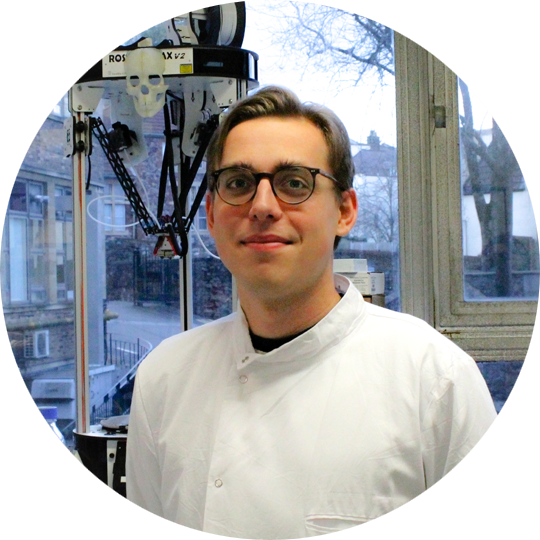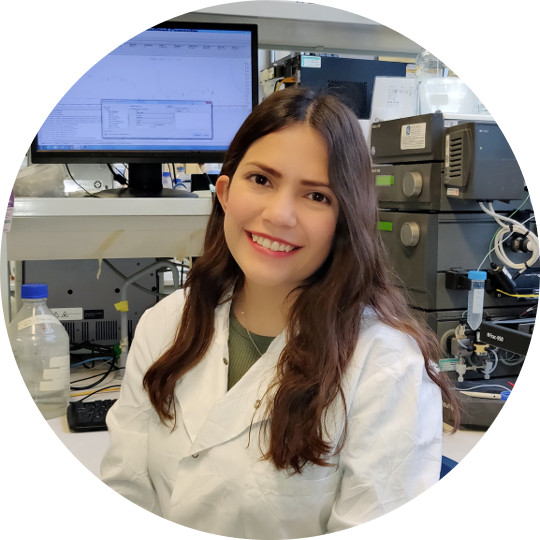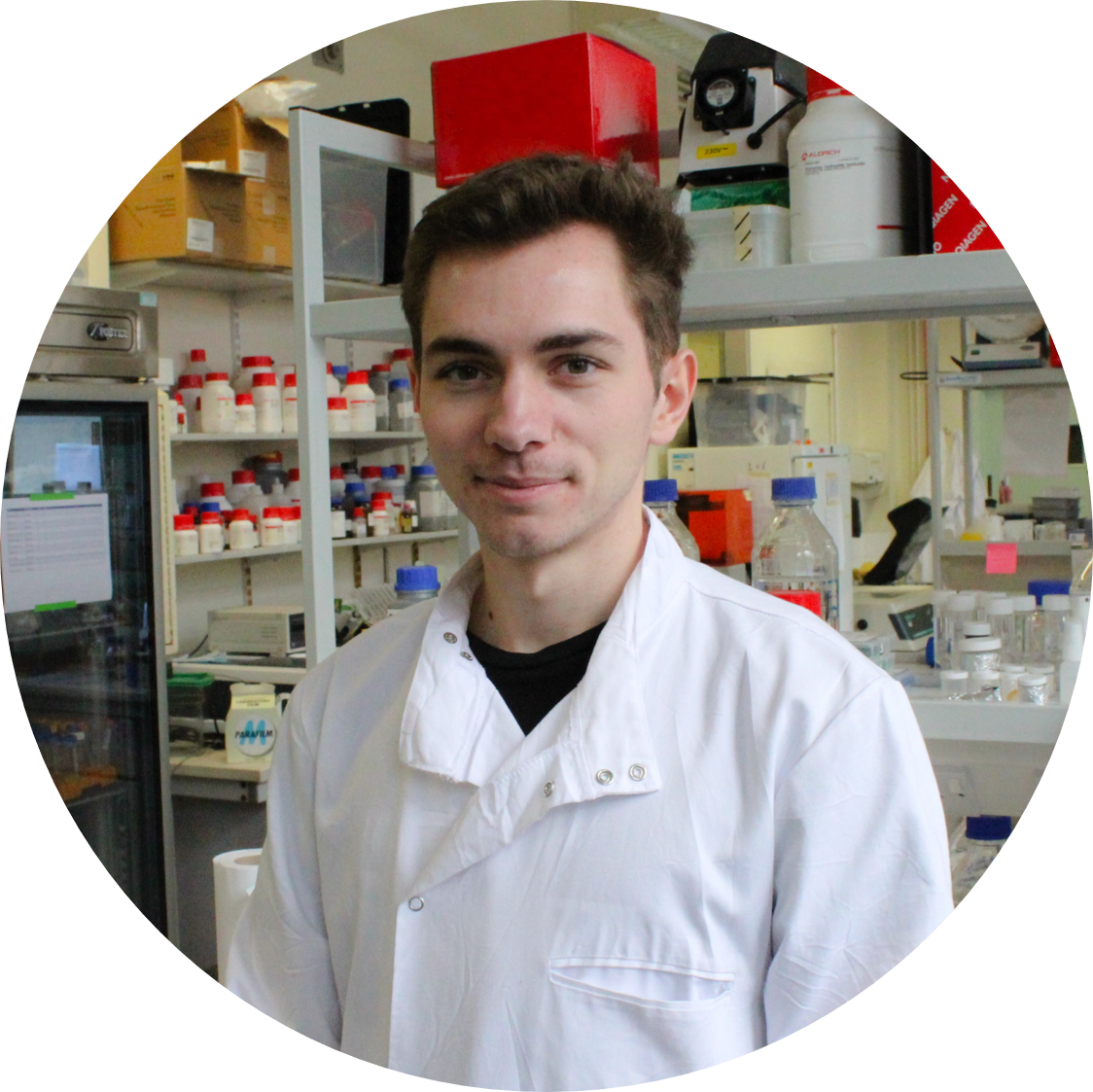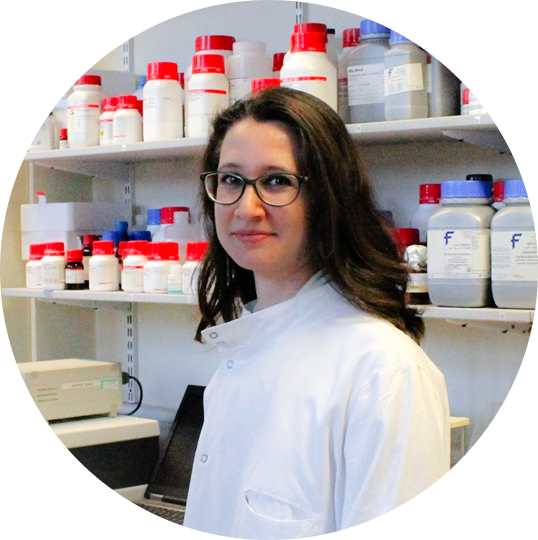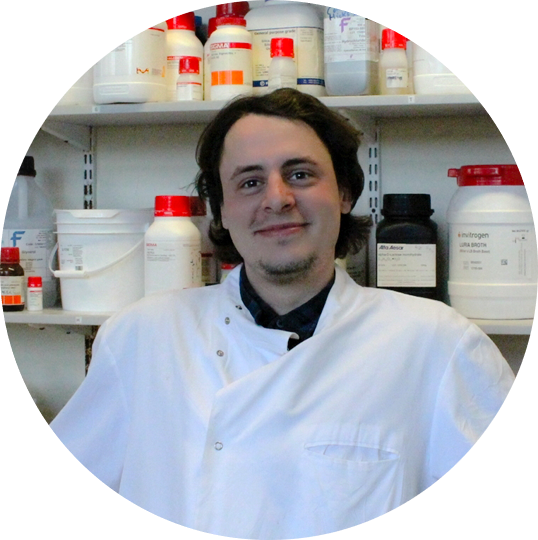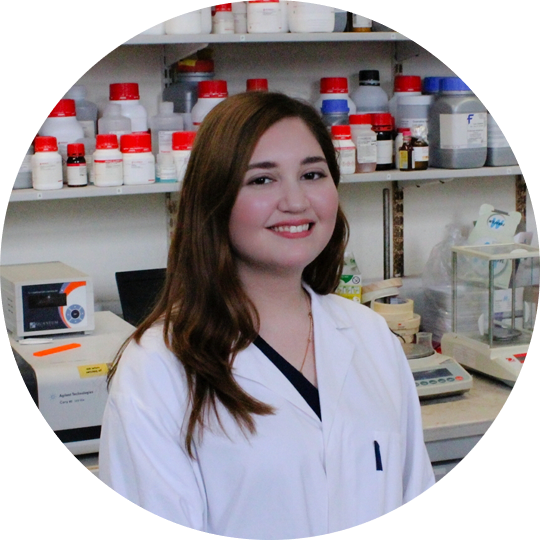
Post-Doctoral Research Associates
I'm developing the next generation of laboratory models of human skin with the aim of reducing animal testing. A major limitation of current skin models is that they don’t mimic the stretching and bending that skin experiences in real life. It is important to incorporate these motions because they can influence how substances penetrate through skin, or how wearable devices perform when skin is moving. In my research, I'm interfacing tissue engineered skin with soft robotic actuators, which function like artificial muscles that can stretch and bend the skin. Delivering mechanical stimulation to lab-grown skin can also improve the quality of skin grafts used to treat burns and wounds. Currently, these grafts are grown in the lab without ever experiencing the mechanical stresses they will encounter once they are applied to the patient. This means they don’t build up the toughness and structure of natural skin, which may be a reason for skin graft failures, such as tears. Therefore, I am also working towards engineering better skin grafts.
Macromolecular assembly of protein fusions to stem cells for cardiac therapy. Designing and optimising multi-module protein fusions to enhance the therapeutic performance of stem cells and their homing to infarcted tissue. These proteins contain one module that anchors to the cell membrane of stem cells by ionic interaction, whilst the other module is an acceptor for specific fusion to other proteins (e.g. fluorescent tags, transcription factors, etc.).
My project involves the biophysical and structural characterisation of phosphotriesterases, which hydrolyse neurotoxic organophosphorus compounds found in chemical warfare agents and pesticides. Moreover, these enzymes are re-engineered to facilitate complexation to polymer surfactants to generate hierarchically self-assembled materials such as films or composite textiles. These robust materials exhibit the properties of the constituent proteins and offer new solutions to protection from and decontamination of organophosphorus compounds. I am also exploring new enzyme–biopolymer conjugation strategies to increase the catalytic activity or substrate range of these enzymes.
My doctoral and postdoctoral work has centered around building a 3D model of the renal glomerular filtration barrier, using conditionally immortalised podocytes and endothelial cells first established at the University of Bristol. I broadly followed two approaches to achieve this aim, one using 3D bioprinting and the other using fibrin gels and protein engineering. In the latter, I co-developed a method generating 3D fibrin scaffolds from purified and modified thrombin. By chemically modifying thrombin so it had a surfactant corona, the enzyme could be embedded in the membrane of several cell types. In the presence of fibrinogen in solution, this membrane bound thrombin would form a hydrogel from the very surface of the cells, serving as a kind of extracellular matrix (ECM) mimic. Conditionally immortalised podocytes and endothelial cells in these 3D fibrin gels produced ECM specific to the glomerular basement membrane, which was verified using lightsheet microscopy. The second major aim of my PhD was to develop new 3D bioprinting methods to build a 3D renal model. I have also developed methodologies relating to fluorescence imaging (namely confocal microscopy), image processing, electron microscopy and immunohistochemistry.





